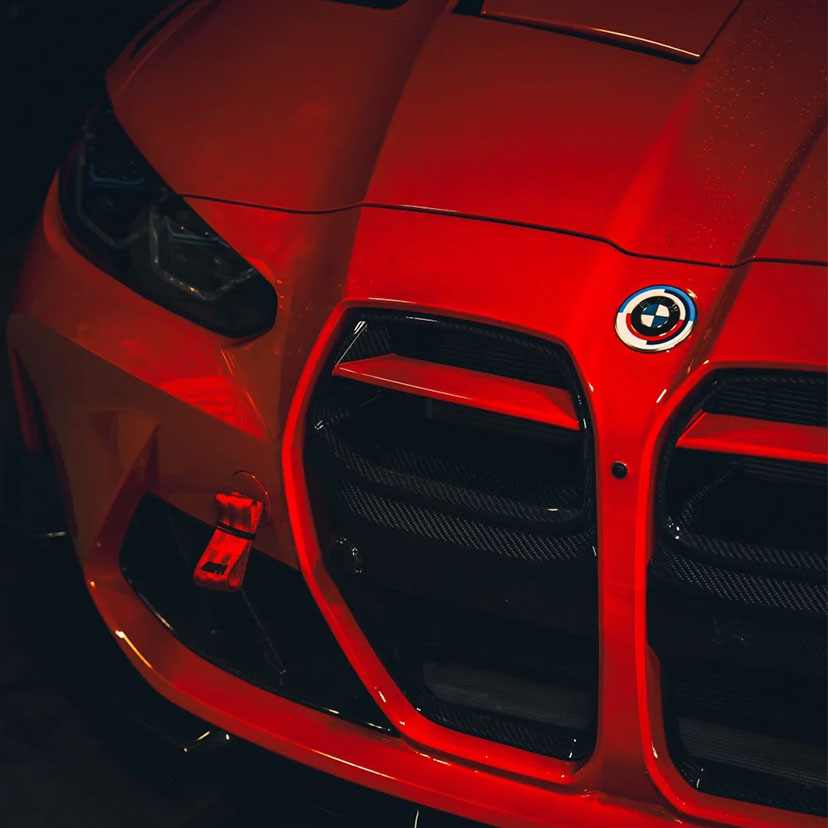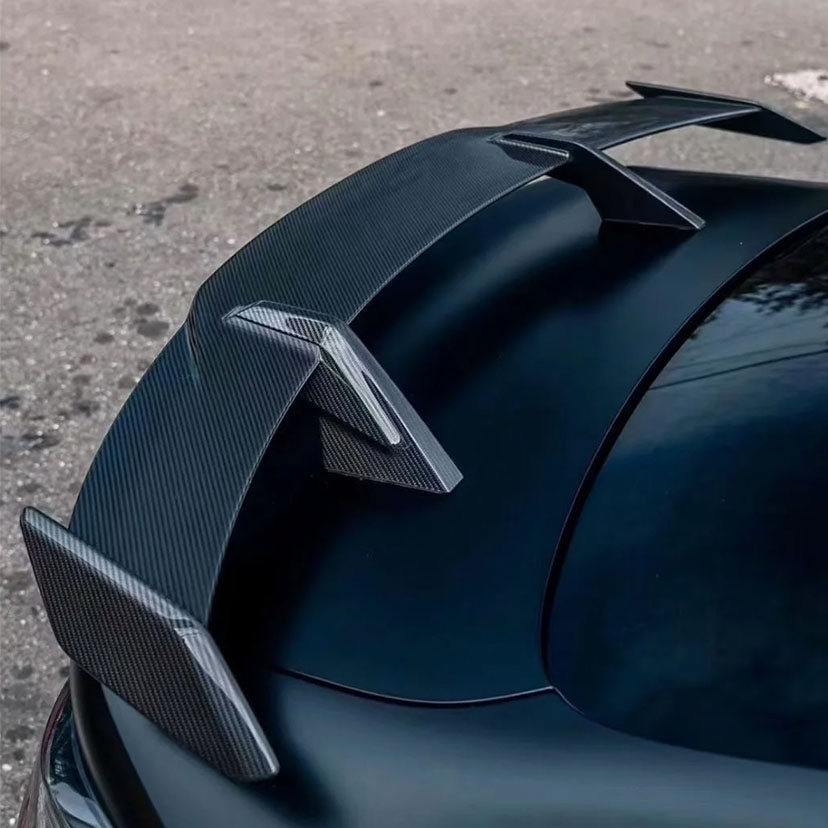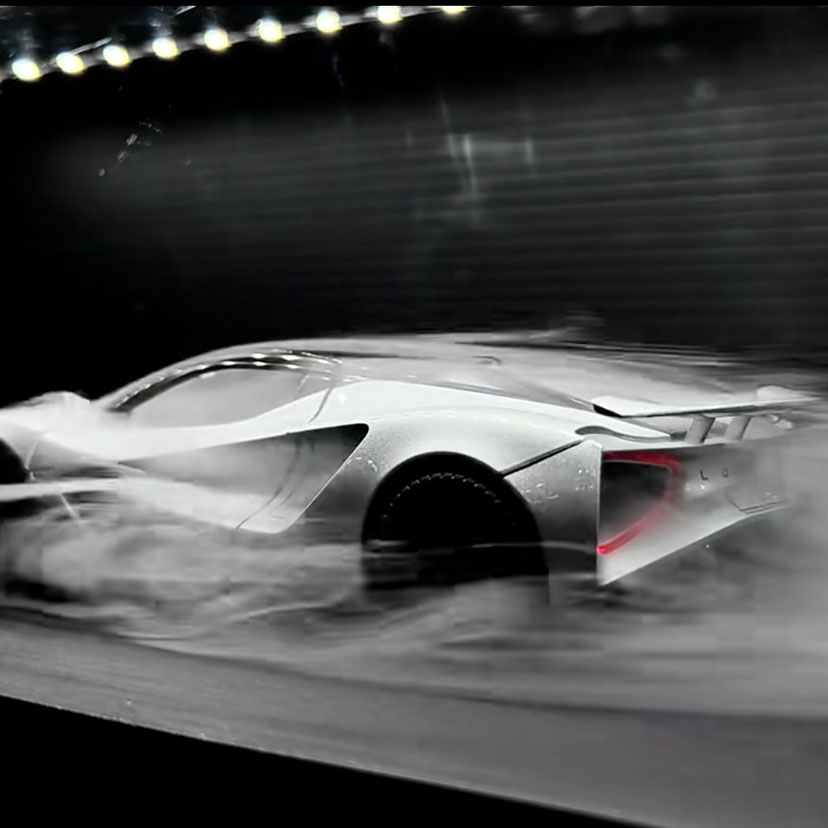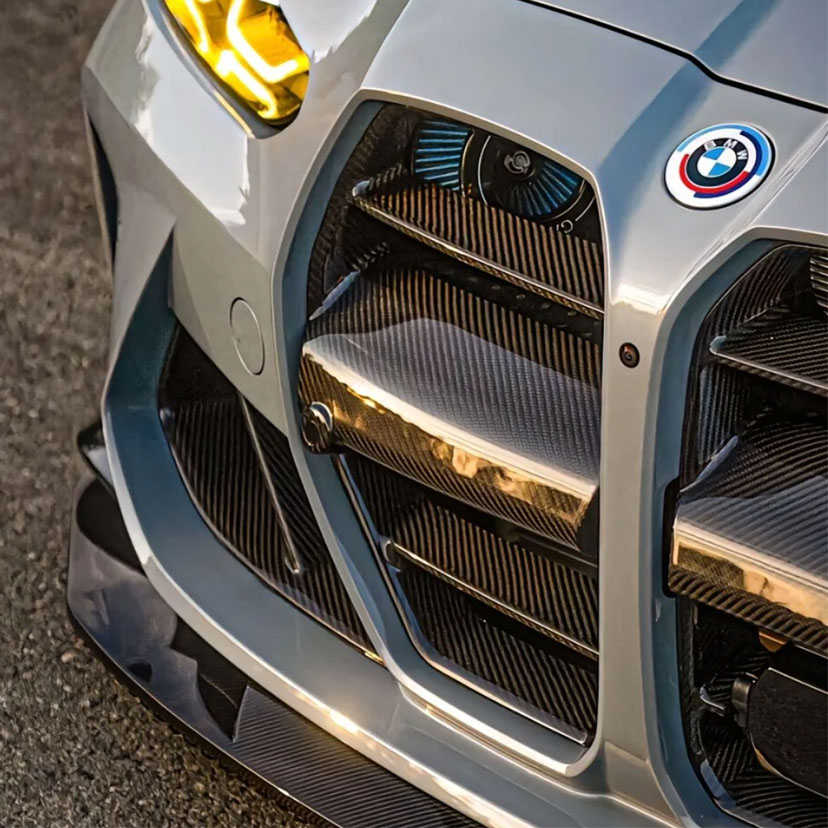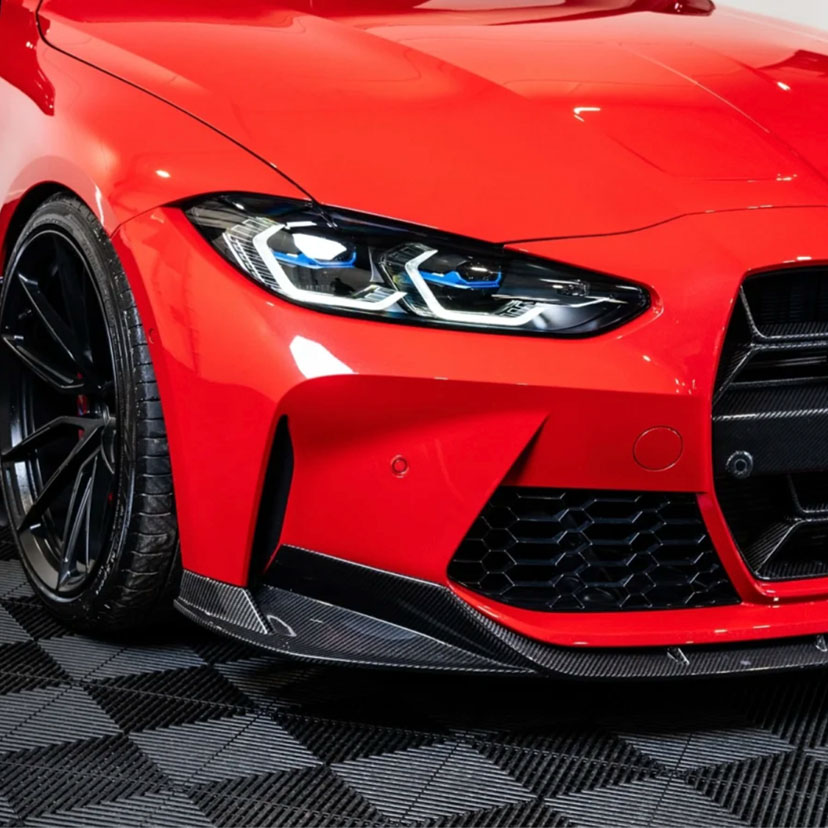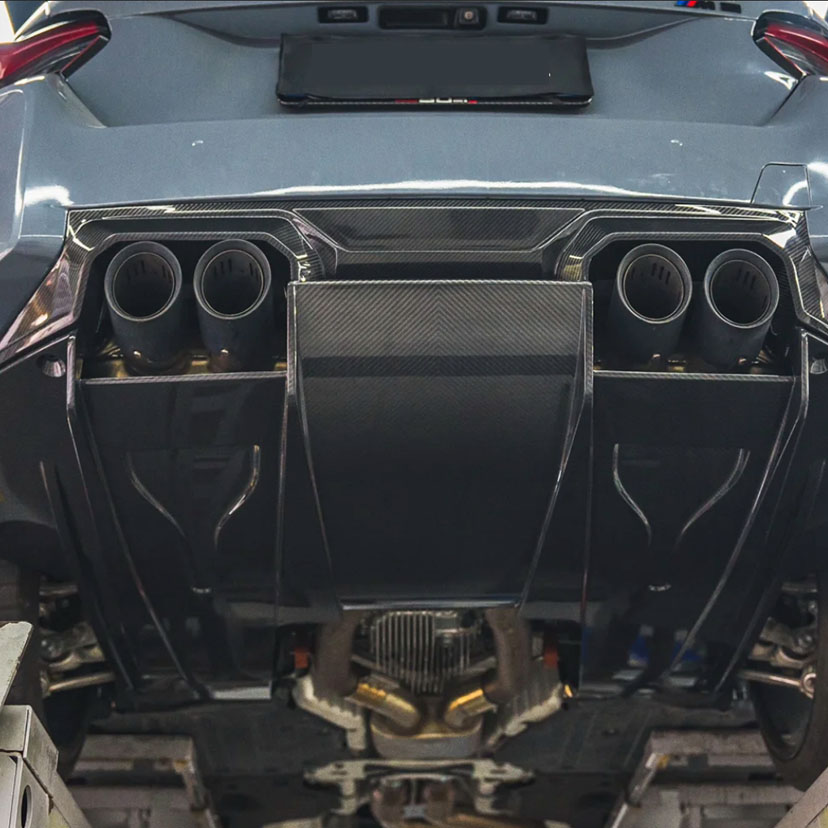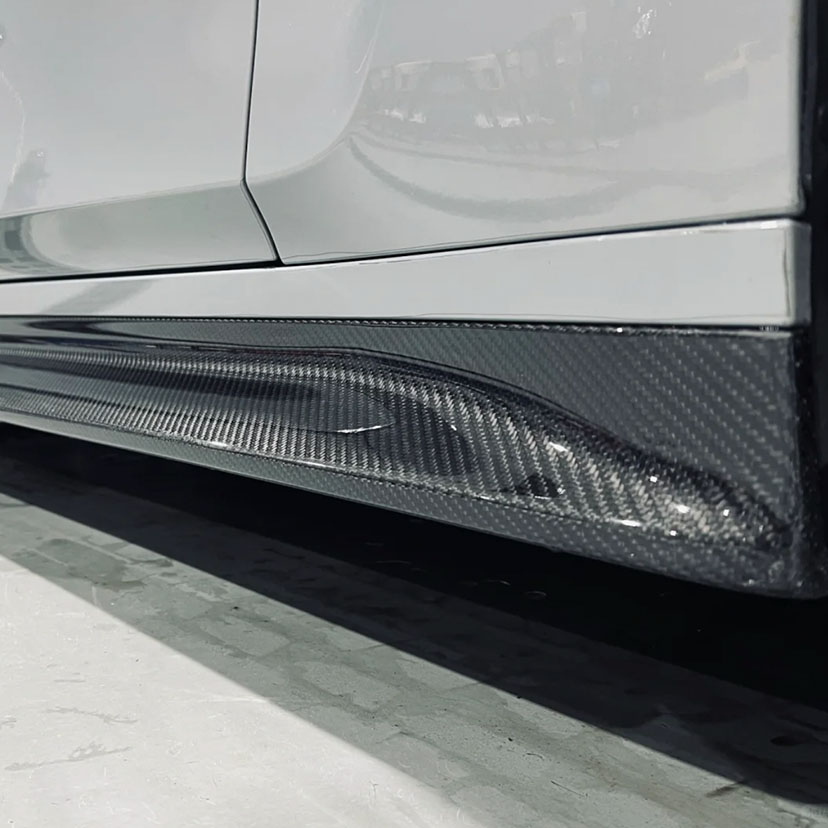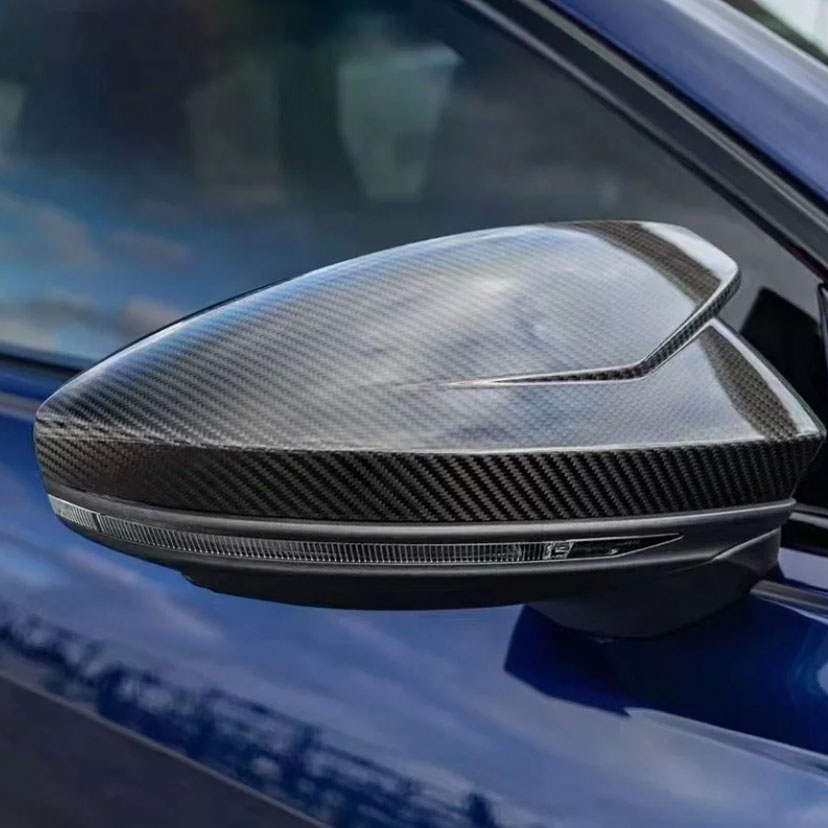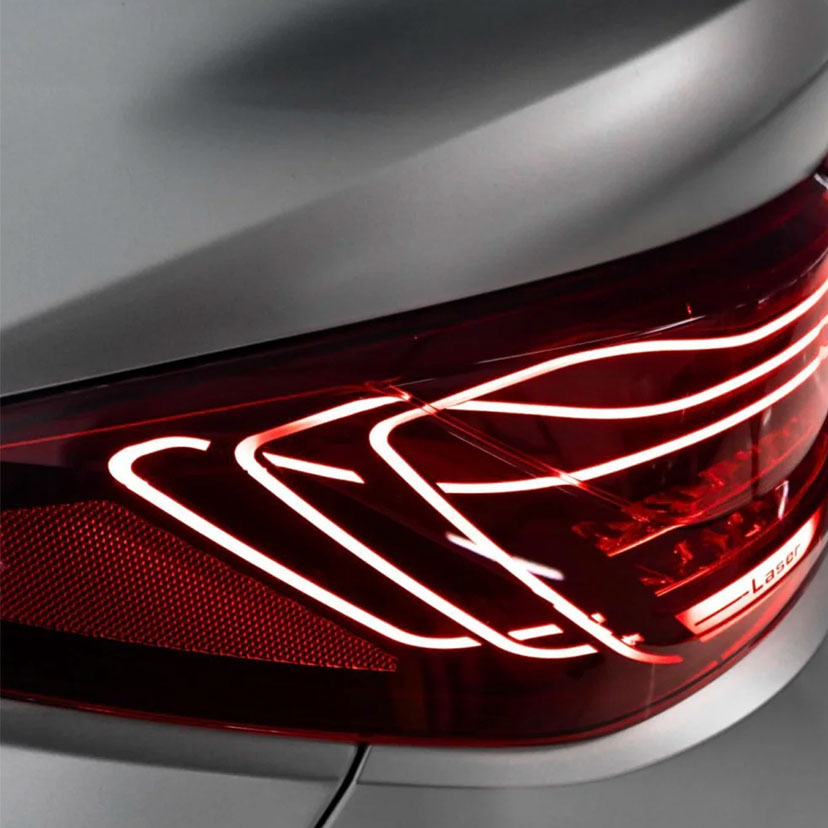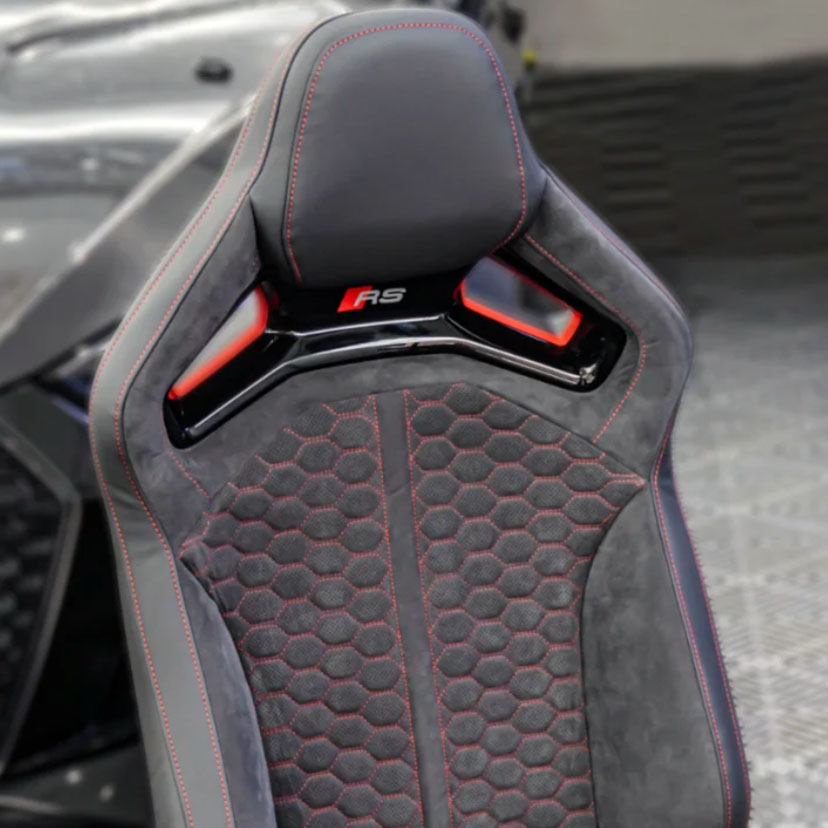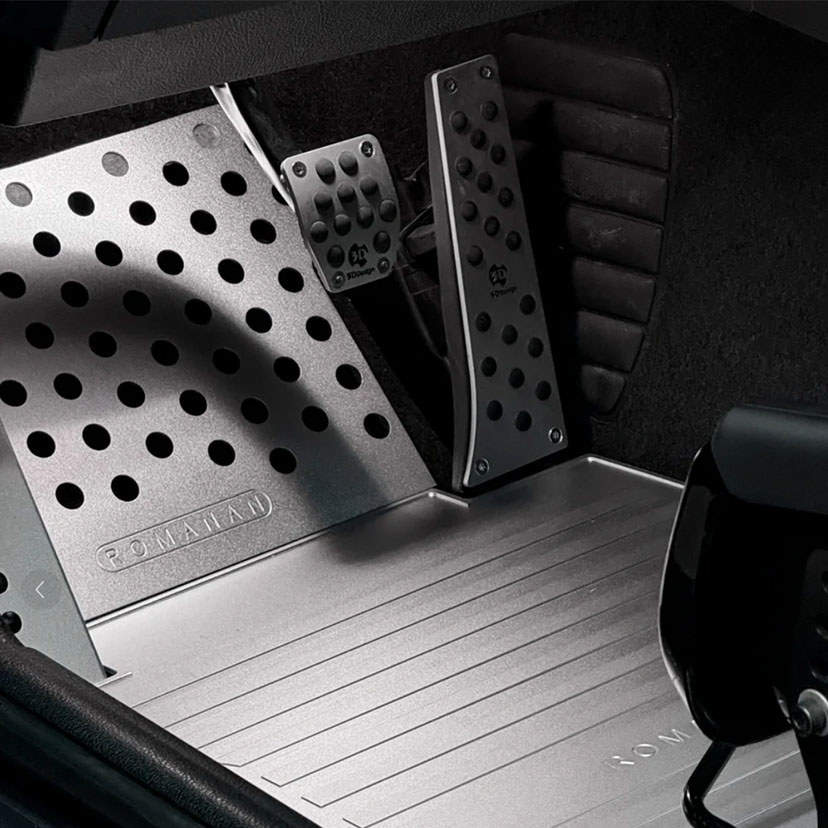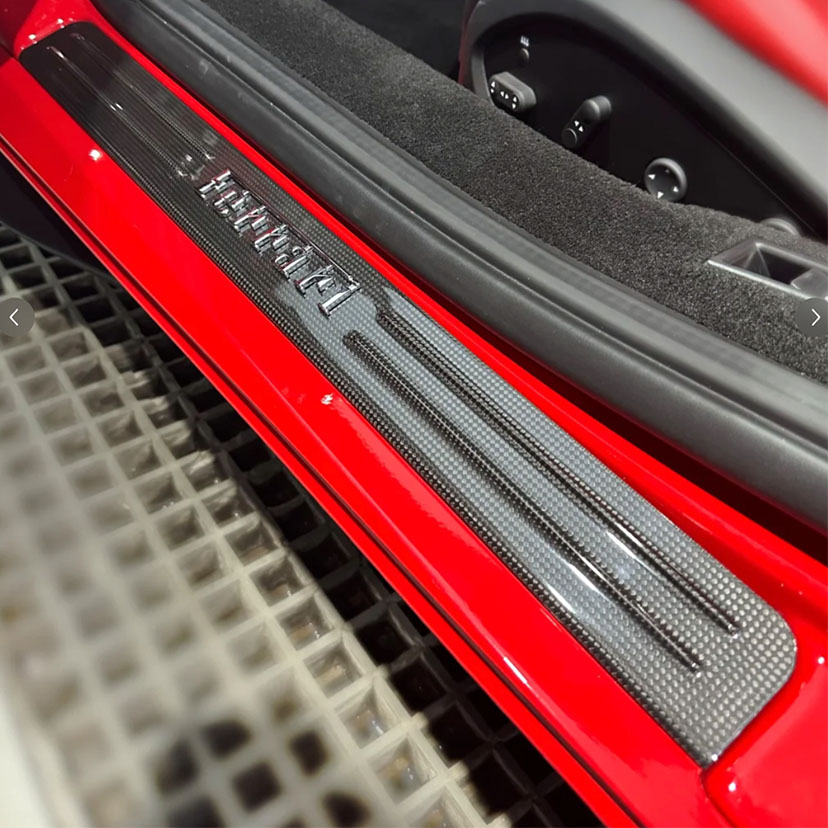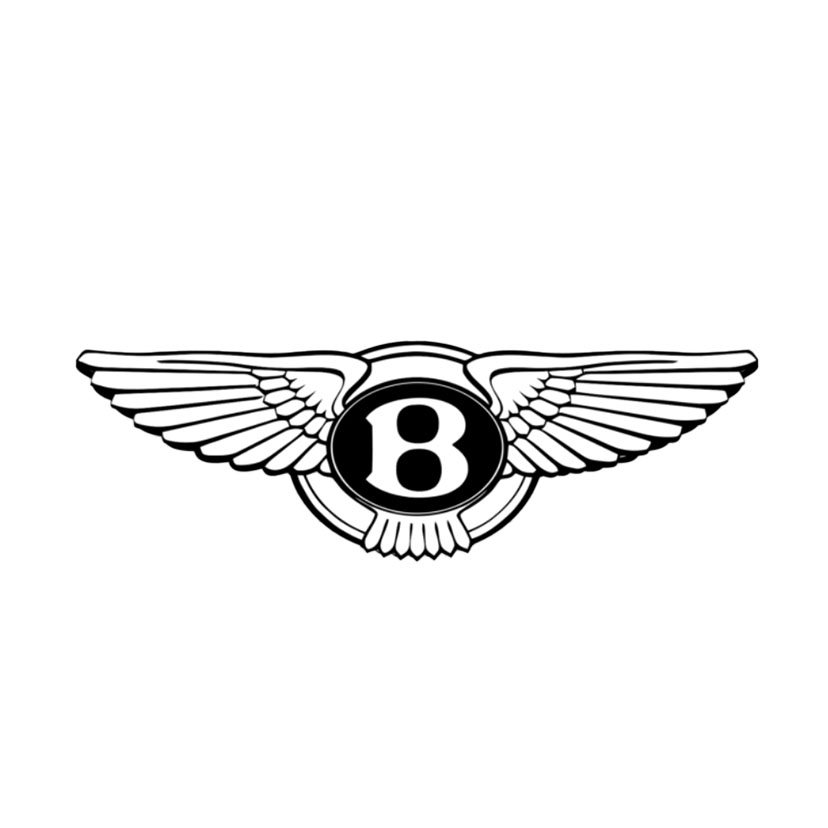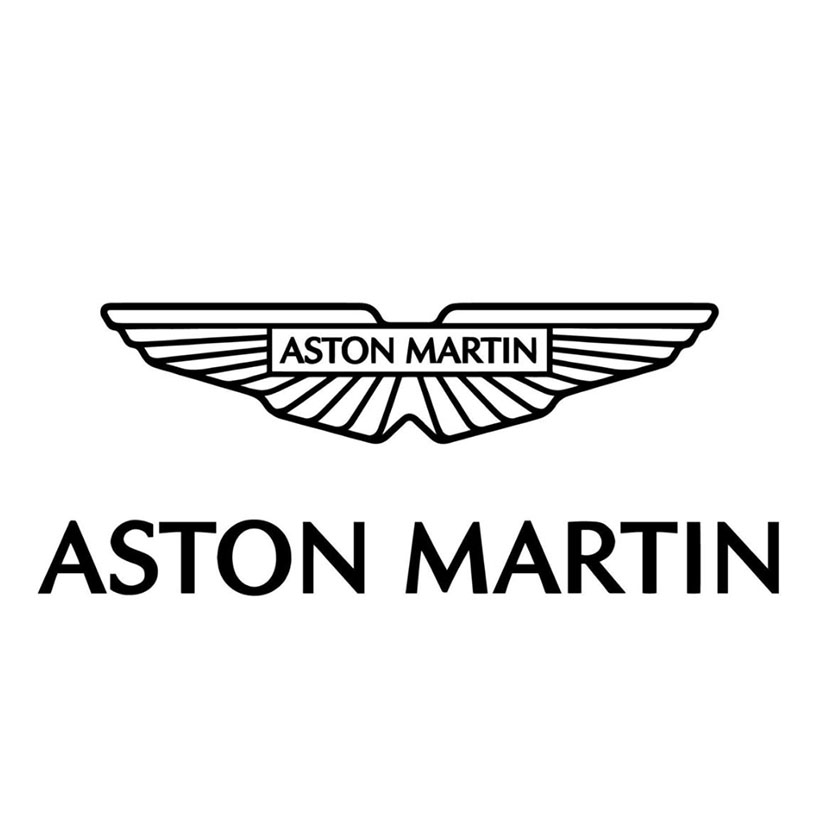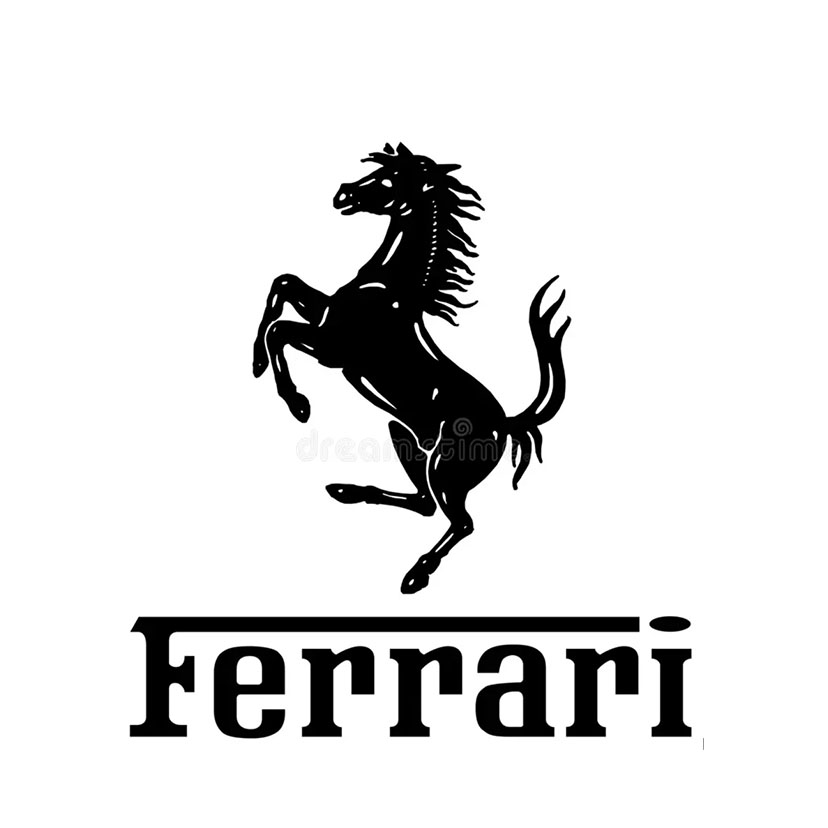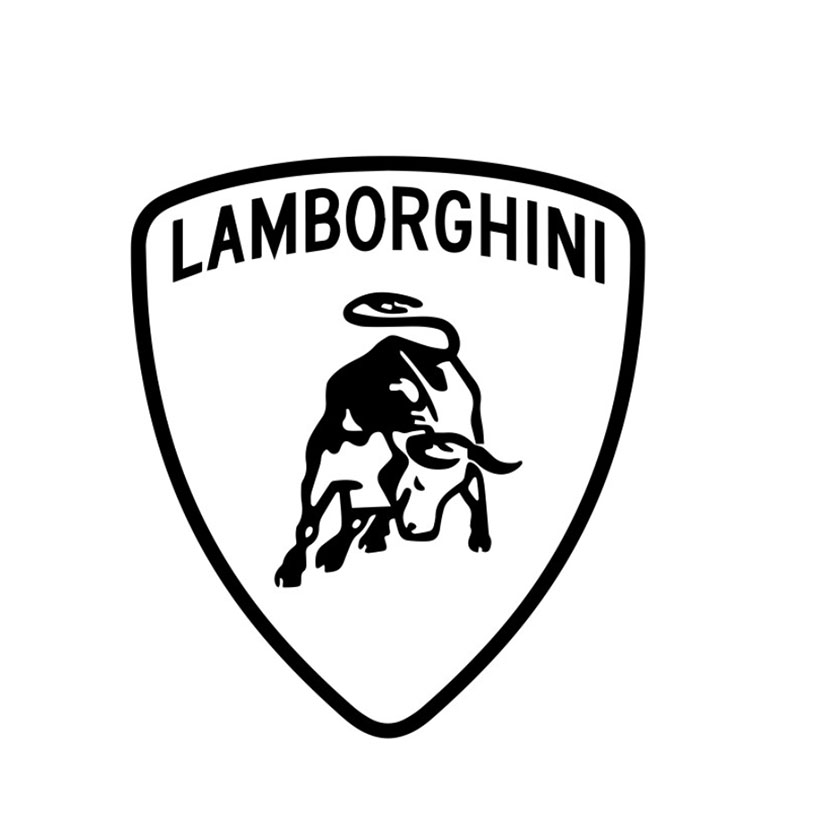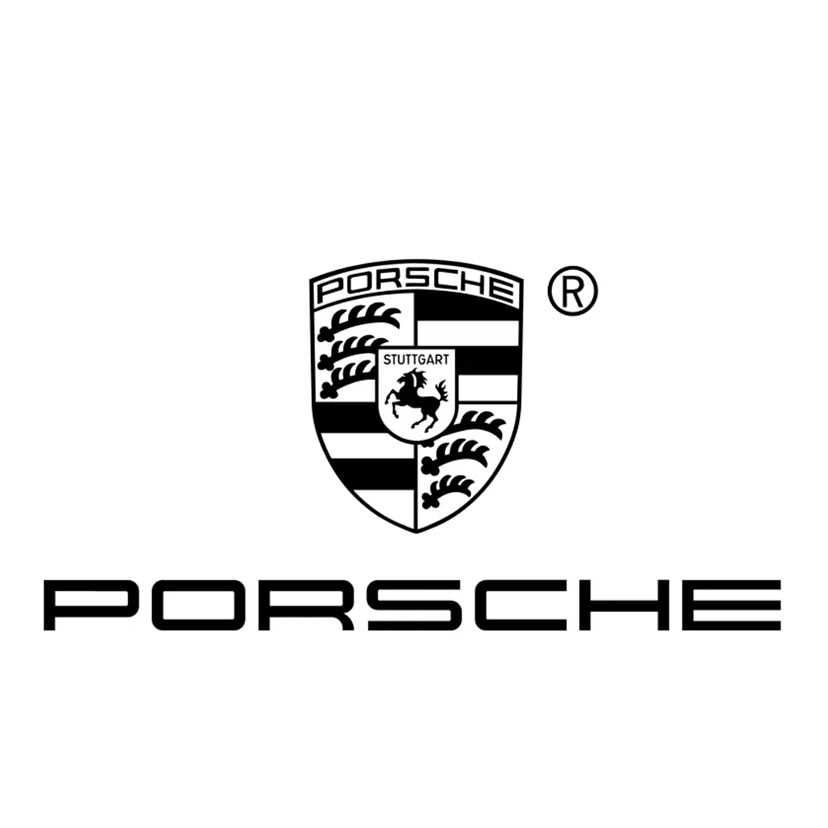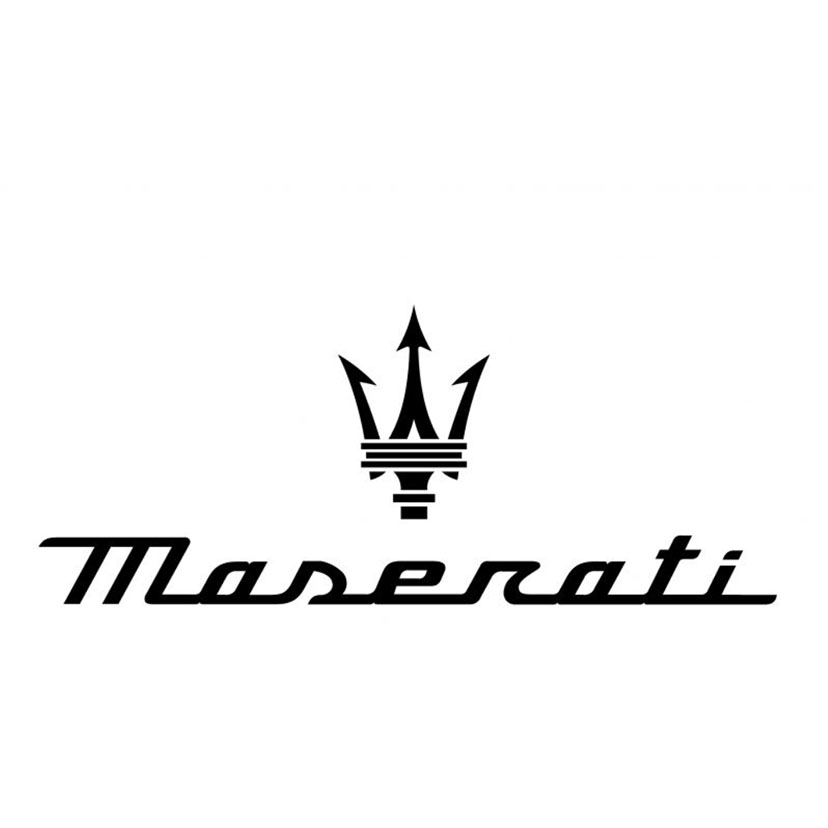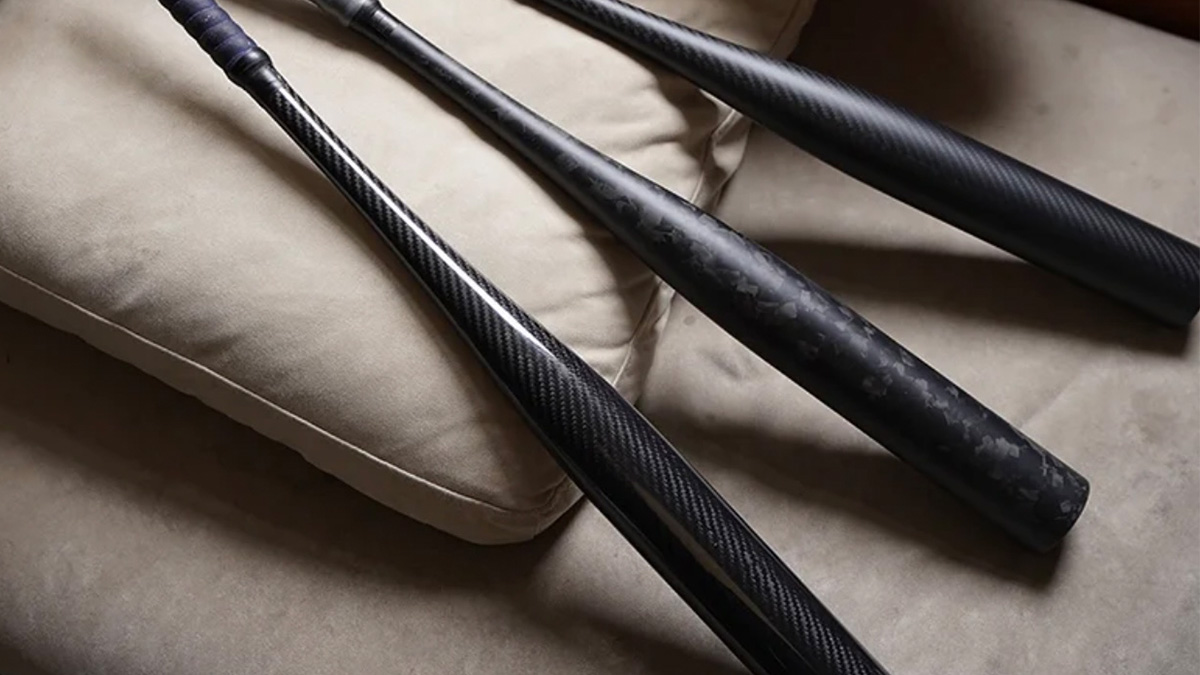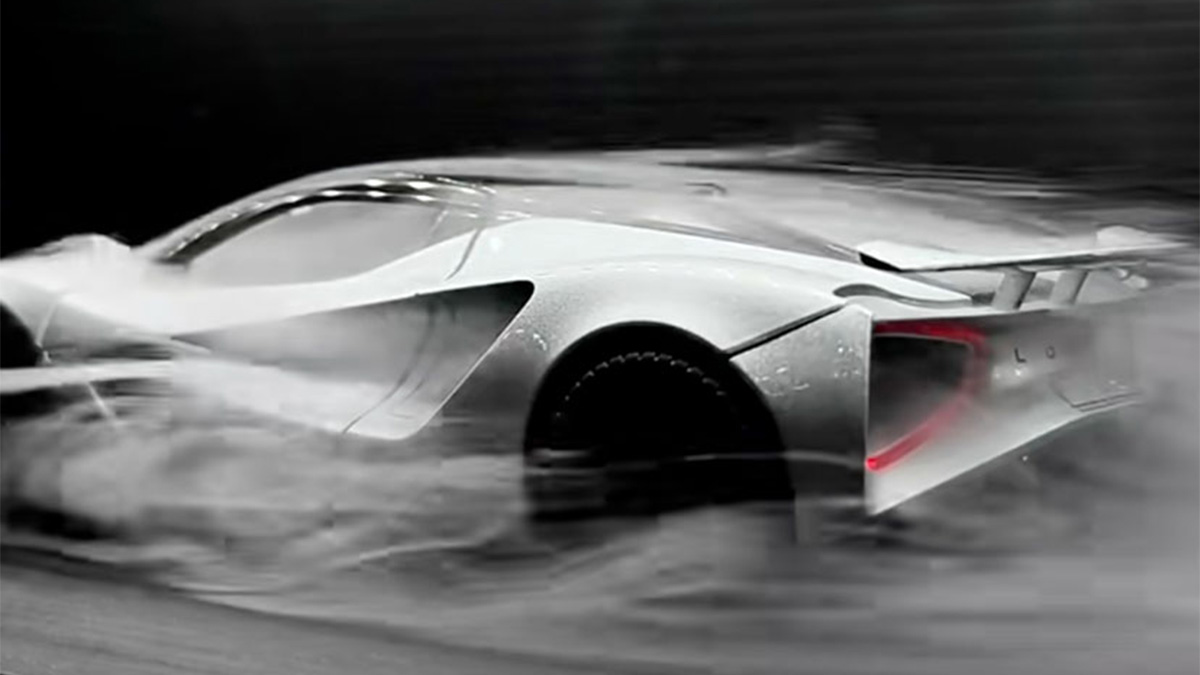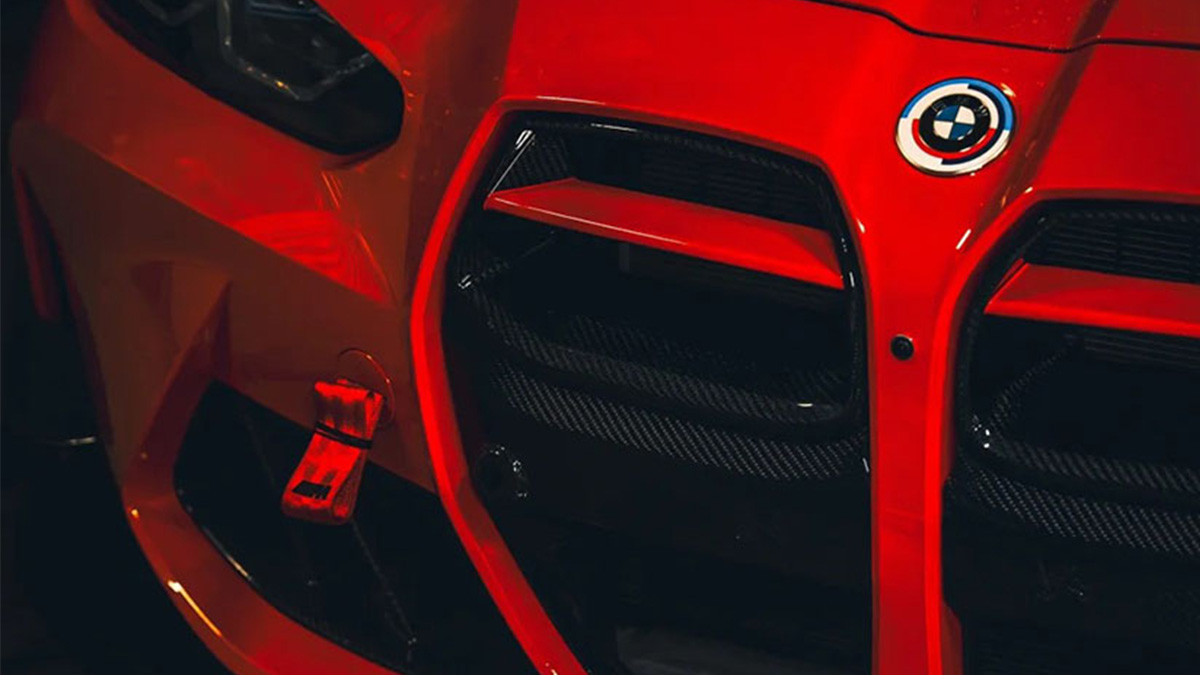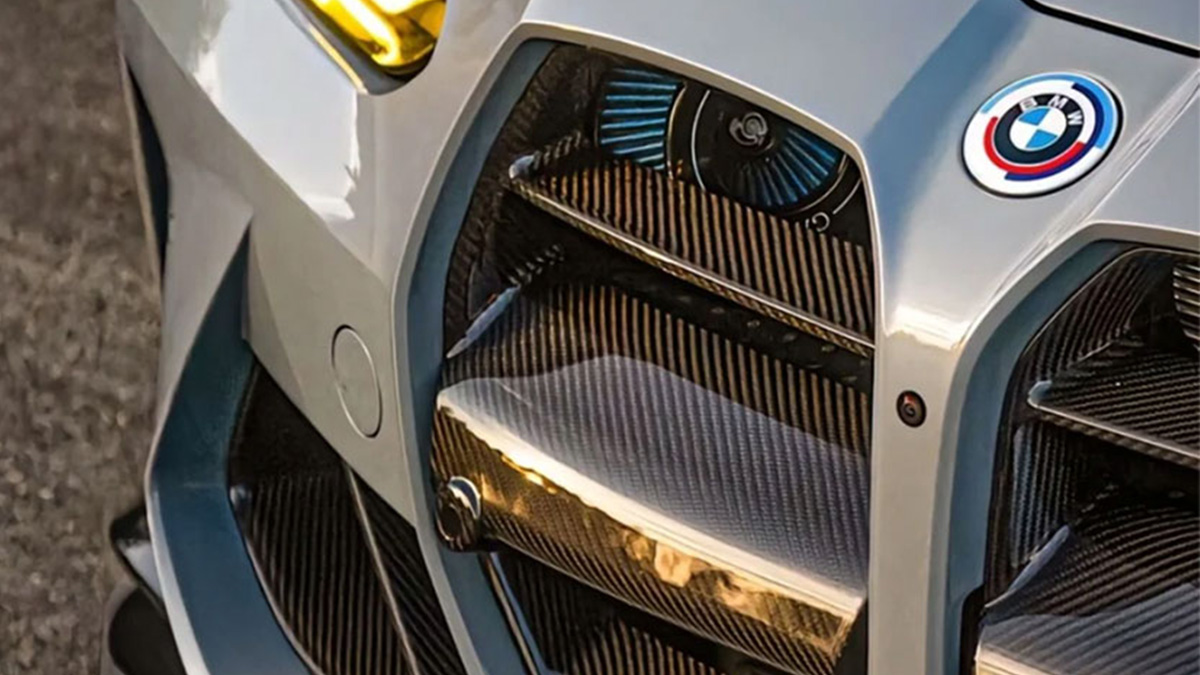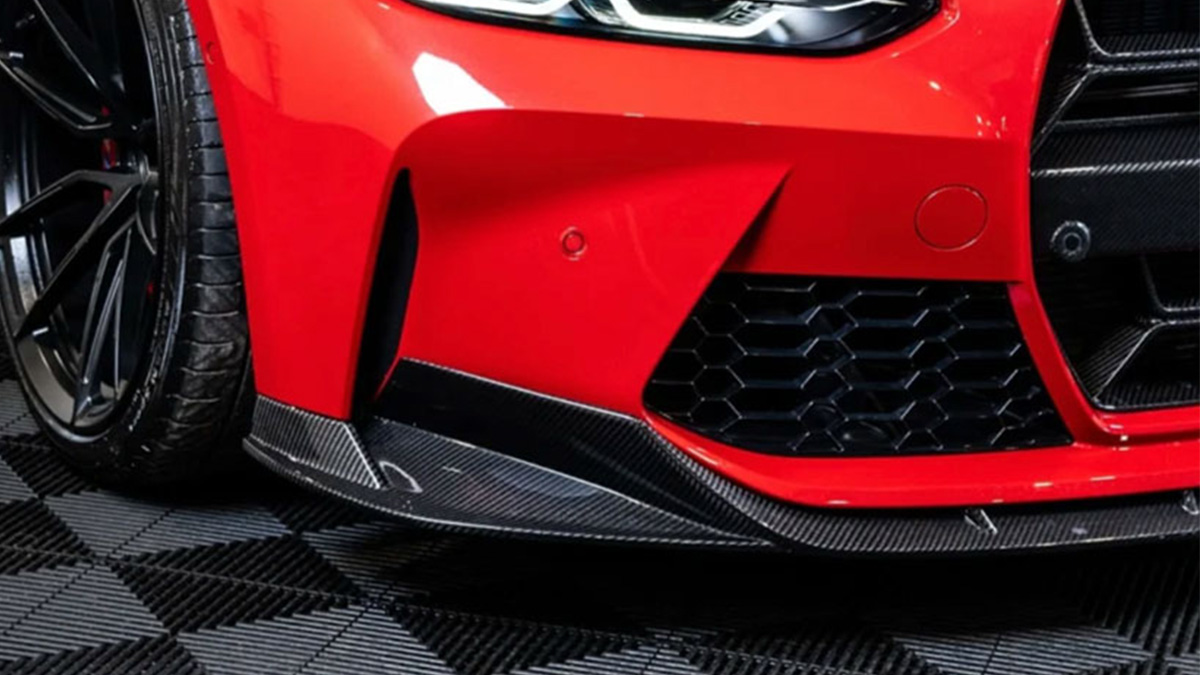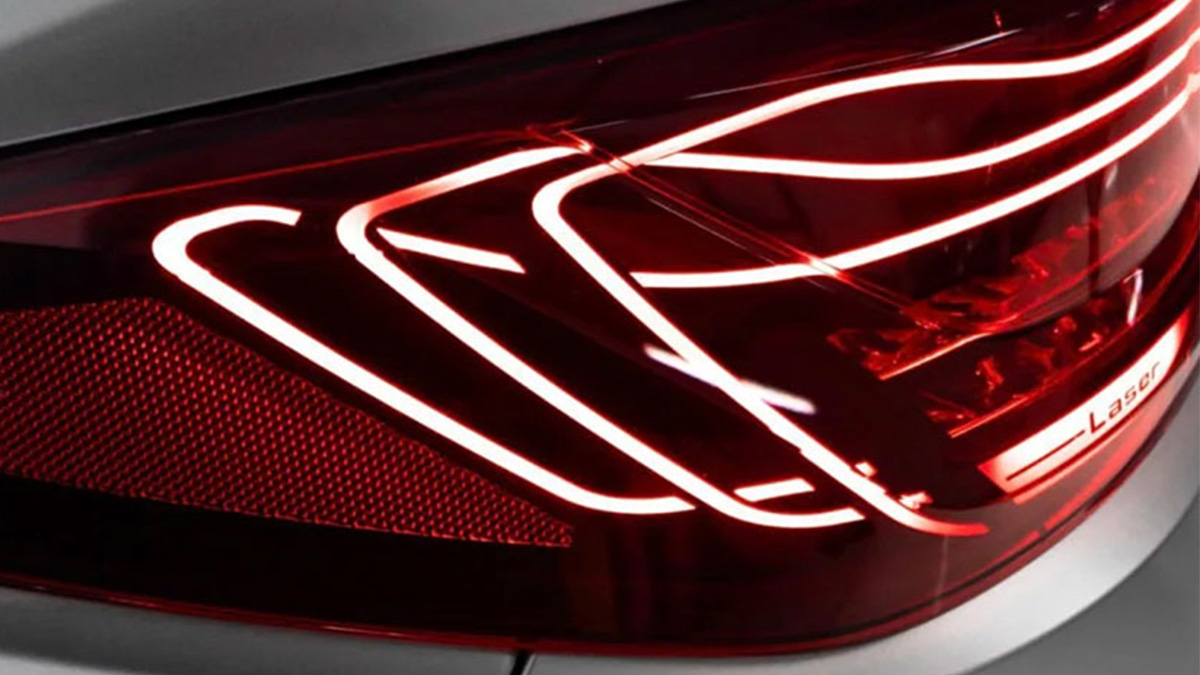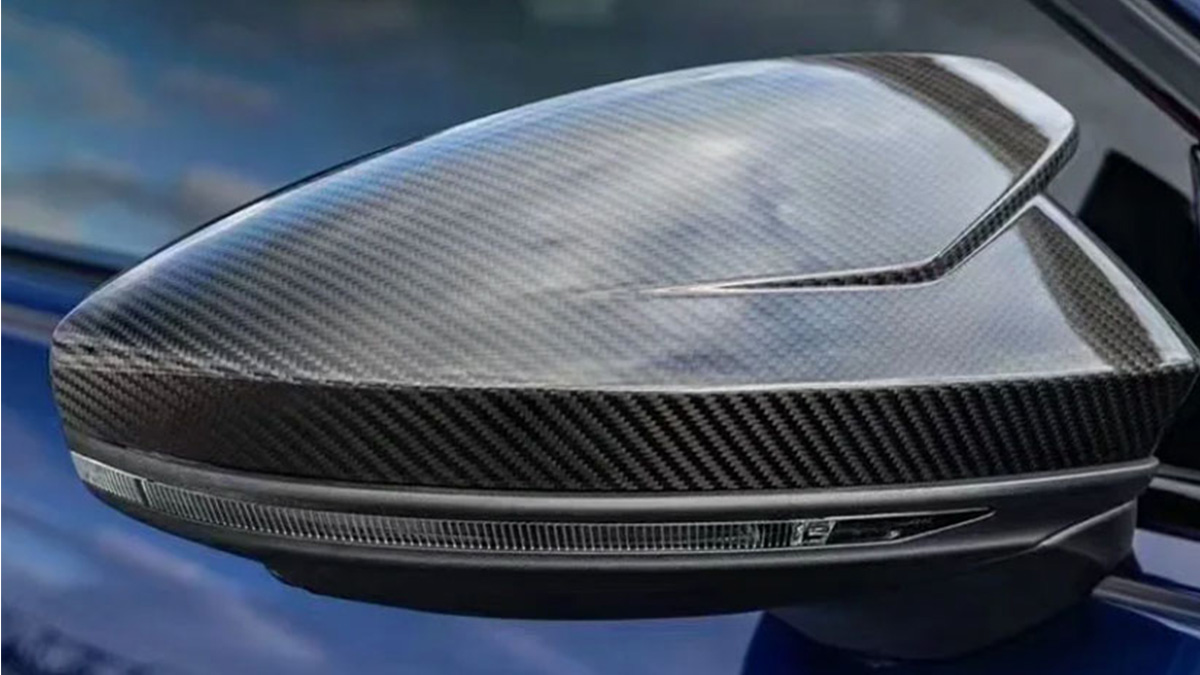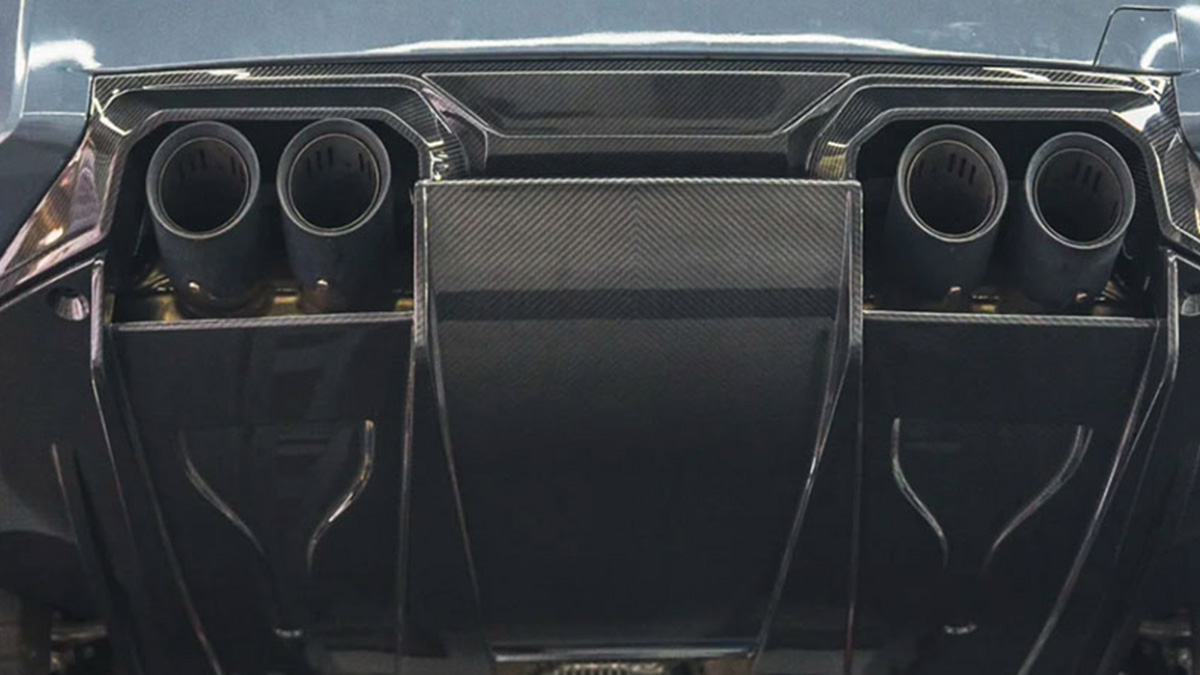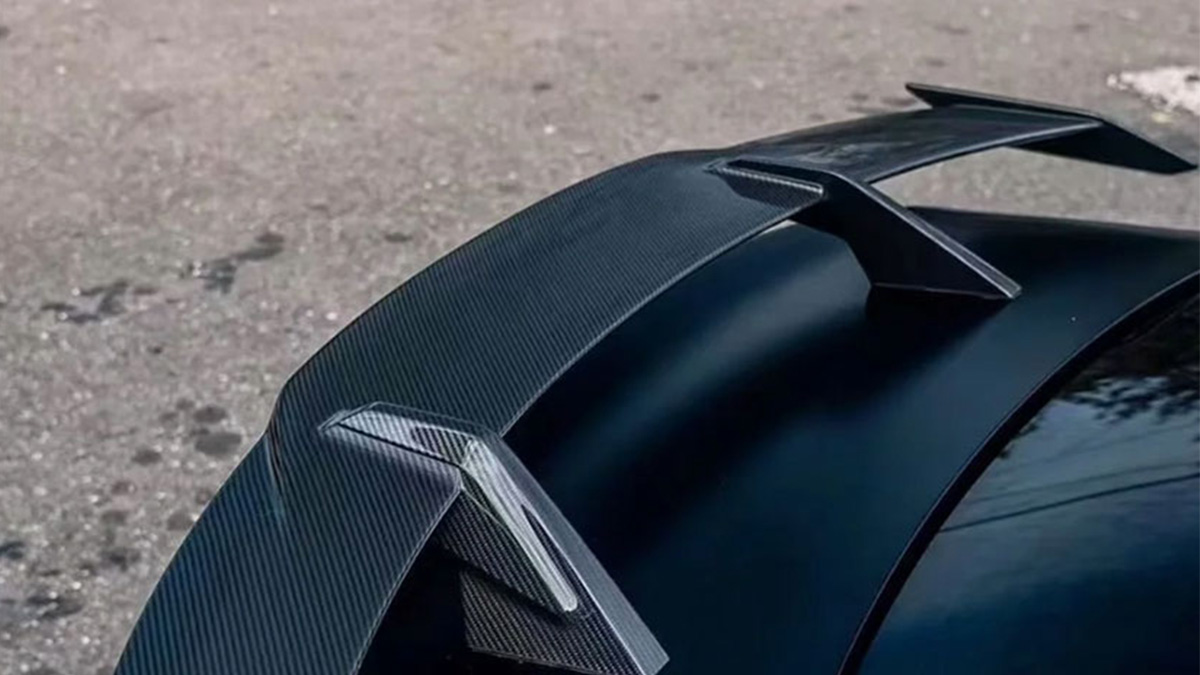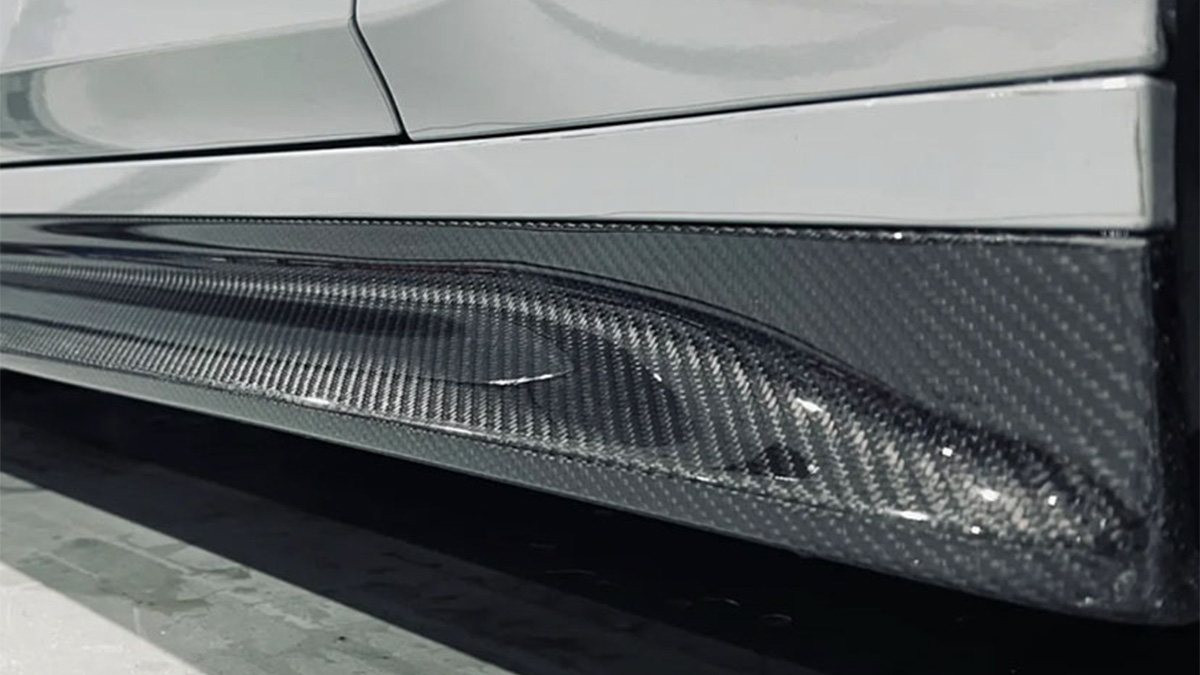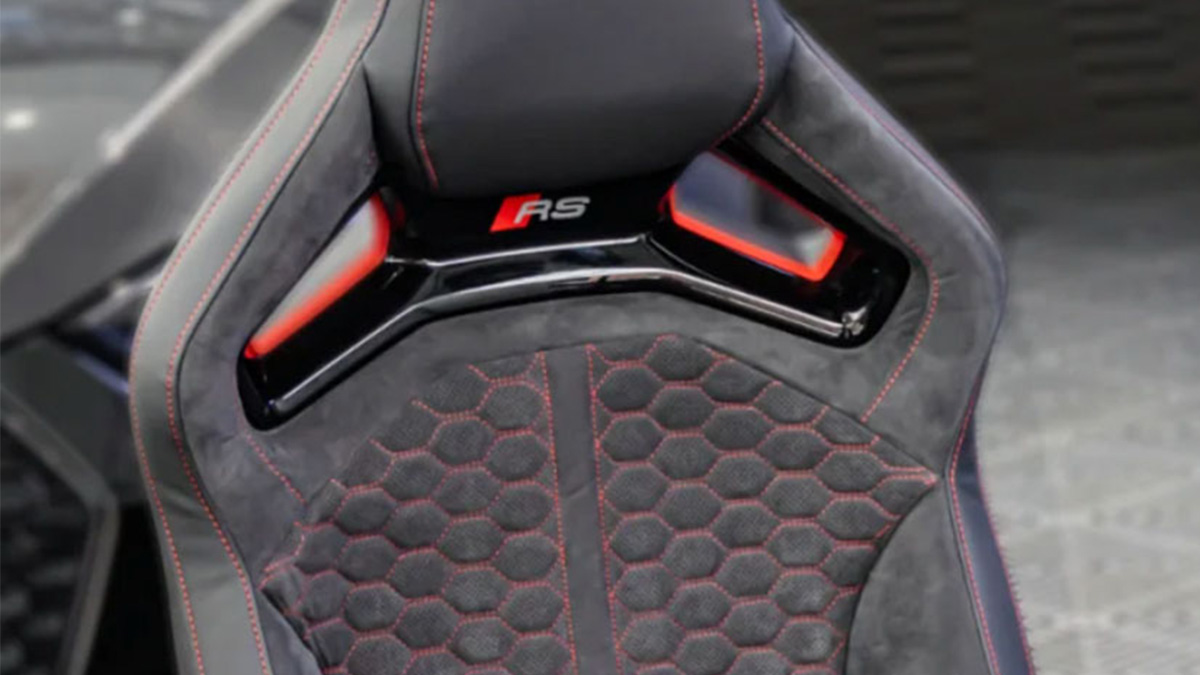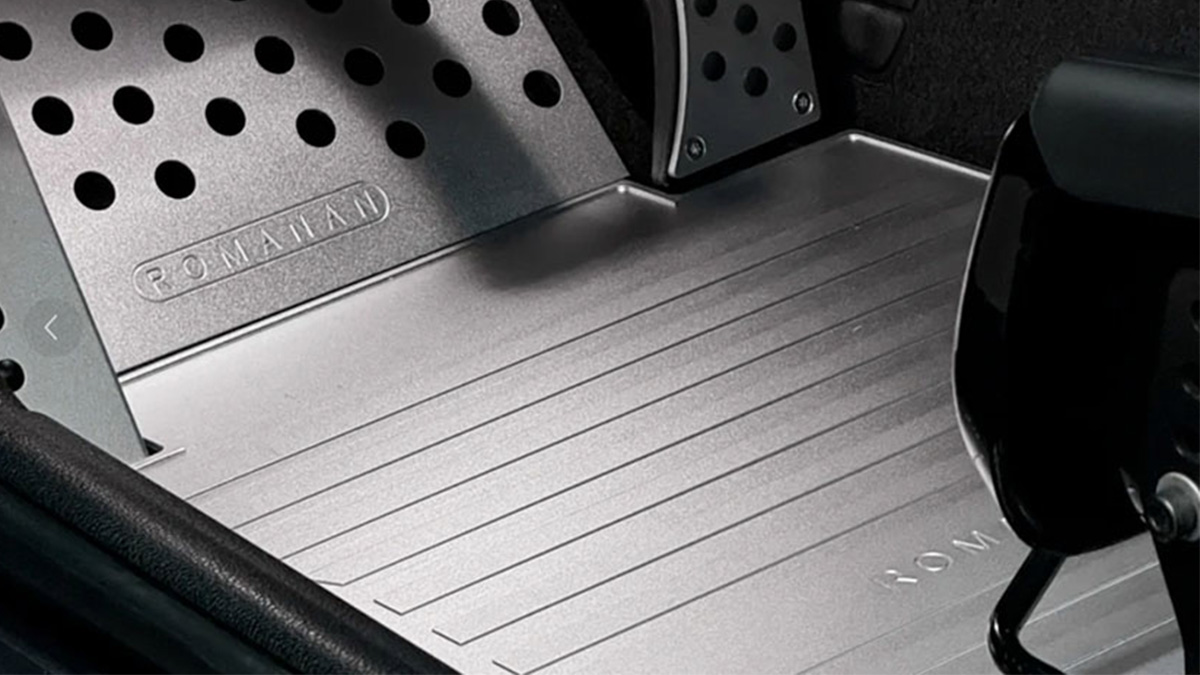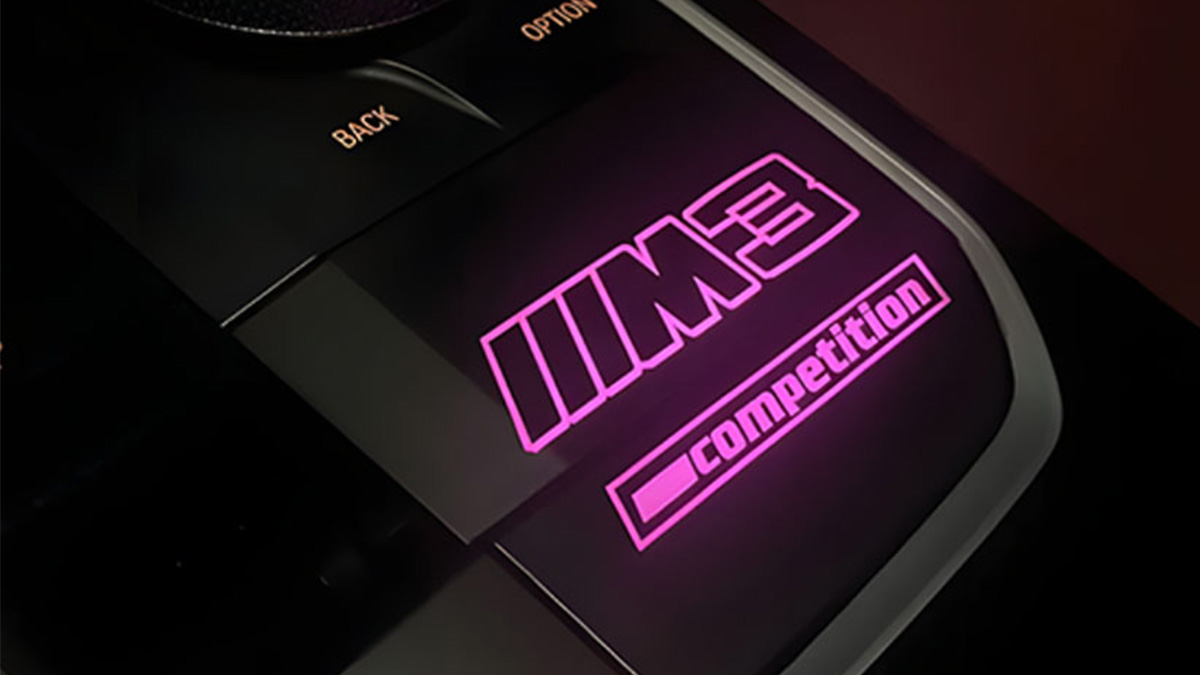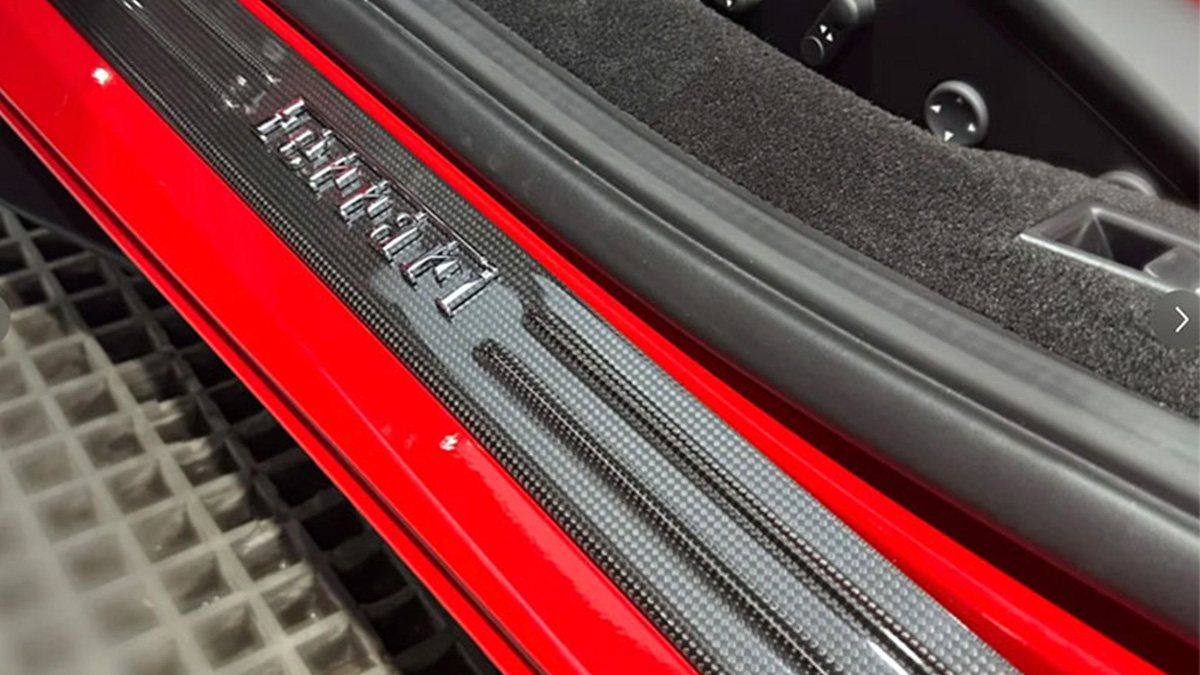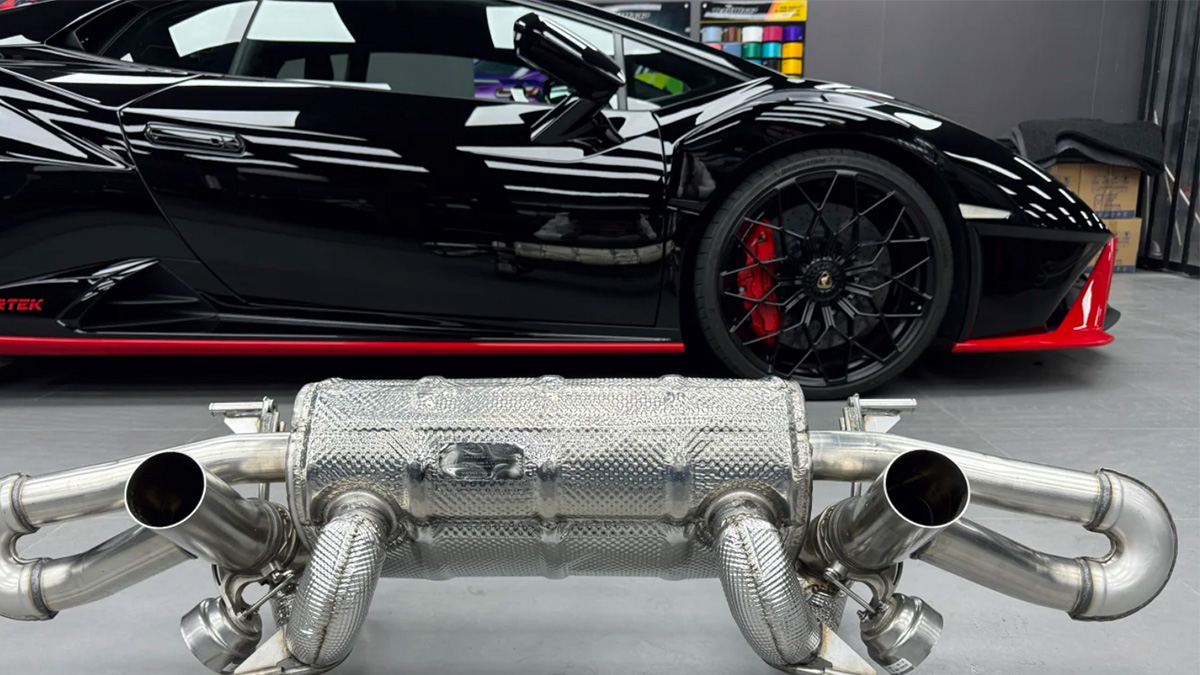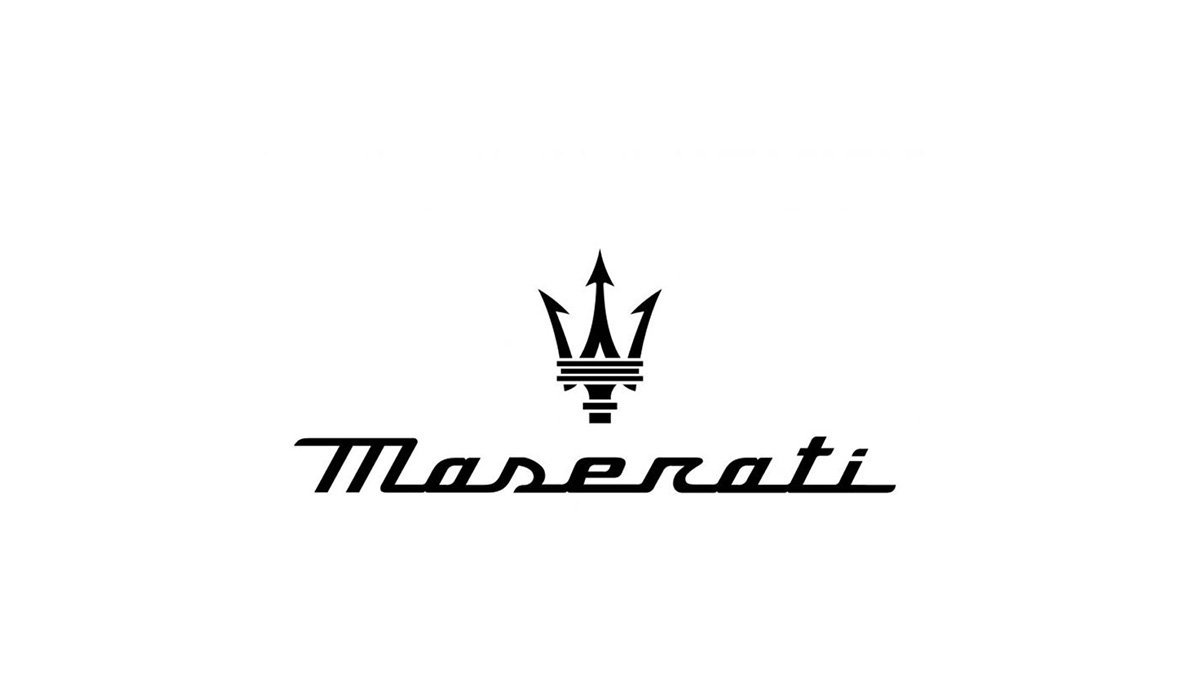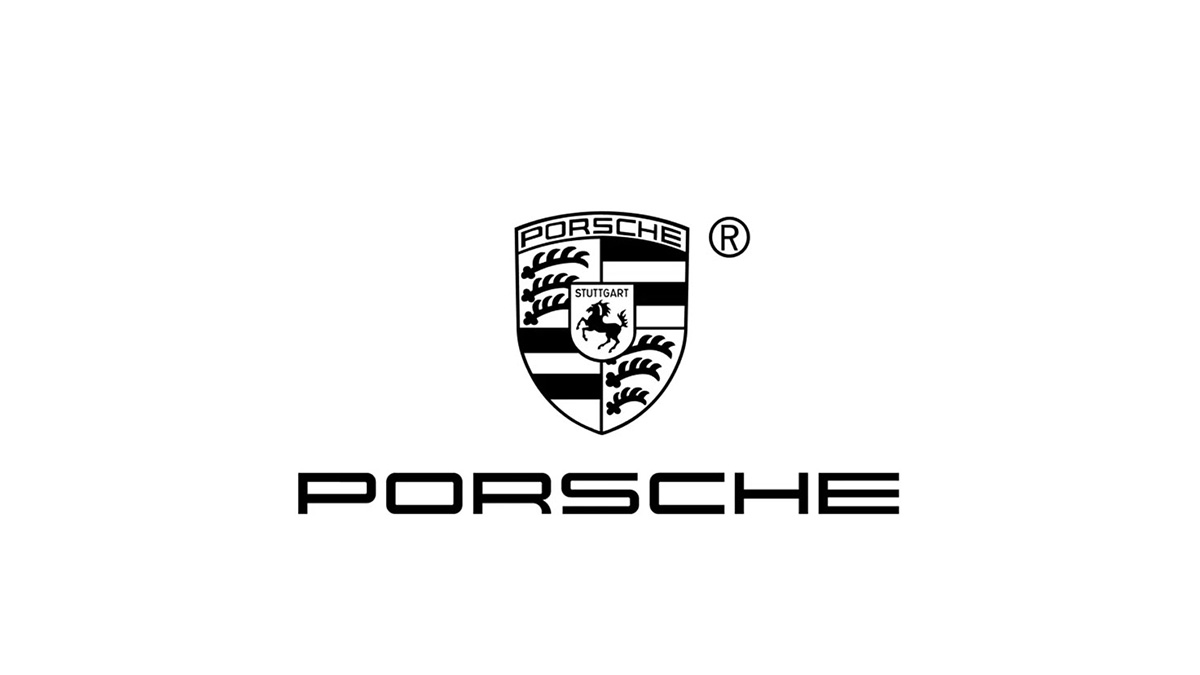Porsche 935 K3 vs Group 5 Cars Explained

The Porsche 935 K3 revolutionized Group 5 racing with its groundbreaking engineering and unmatched track performance. You can trace its dominance to a turbocharged flat-six engine producing over 700 horsepower, paired with a lightweight aluminum body that enhanced speed and endurance. This car didn’t just compete; it conquered. In 1979, it claimed victory at the 24 Hours of Le Mans, outpacing faster competitors. Its innovative design, including a massive rear wing for stability, made it a force to be reckoned with in endurance racing. Few cars in history have achieved such a legendary status.
Principales conclusiones
The Porsche 935 K3 was a famous race car. It had a turbo engine and was very light, helping it win long races.
Group 5 race cars let makers change regular cars. This led to cool designs and better technology.
The K3 had special features like a slanted front and big back wing. These made it faster and steadier on the track.
The K3 was very reliable. Engineers used strong materials so it could last in long races without big problems.
The Porsche 935 K3 is still important today. It inspires modern cars and is a rare, valuable collector’s car.
Understanding Group 5 Race Cars

What Defines a Group 5 Racecar?
Group 5 racecars stood out due to their unique blend of production-based design and extensive modifications. Introduced in 1966, this category allowed manufacturers to push the boundaries of engineering. You could think of these cars as hybrids between road cars and prototypes. Regulations required them to retain certain unmodified parts, such as the roof and doors, while permitting creative changes to other areas like aerodynamics and engine performance.
The rules evolved over time. Initially, Group 5 focused on touring cars, but by 1970, it shifted to sports cars with a maximum engine capacity of 5 liters. Later, from 1976 to 1982, the category emphasized “silhouette racing,” where cars had to resemble their production counterparts but could feature advanced modifications. This flexibility encouraged innovation, making Group 5 a playground for cutting-edge technology.
Year Range | Category | Key Regulations |
|---|---|---|
1966-1969 | Special Touring Cars | Allowed extensive modifications beyond Group 1 and Group 2 categories. |
1970-1971 | Sports Cars | Limited to 5-liter engine capacity with a minimum production requirement of 25. |
1972-1975 | Special Production Cars | No minimum production requirement; engine capacity limited to 3 liters. |
1976-1982 | Special Production Cars | Based on homologated production vehicles with specific modifications allowed. |
The Role of Group 5 in Motorsport History
Group 5 played a pivotal role in shaping motorsport history. It gave manufacturers the freedom to experiment with bold designs and advanced engineering. For example, Porsche famously exploited a loophole in the regulations to create the flat-nose design of the 935. This innovation not only improved aerodynamics but also became an iconic feature of the car.
The category’s evolution mirrored the changing priorities of motorsport. In the early years, it focused on touring cars, but by the 1970s, it became a platform for showcasing technological advancements. The shift to silhouette racing in 1976 brought production-based vehicles back into the spotlight, blending commercial appeal with high-performance engineering. Group 5’s influence extended beyond the track, inspiring future racecar designs and cementing its legacy in motorsport culture.
Characteristics of Group 5 Cars
Group 5 cars were defined by their distinctive features. These vehicles combined production-based elements with radical modifications, creating a unique aesthetic and performance profile. Wide mudguard extensions and extravagant body styles set them apart visually. The silhouette formula required cars to retain certain unmodified parts, such as the bonnet and roof, while allowing extensive changes to other areas.
Característica | Descripción |
|---|---|
Modificaciones corporales | Cars featured wide mudguard extensions and unique body styles. |
Engine Capacity | Initially limited to 5 liters, later redefined to 3 liters without minimum production requirements. |
Silhouette Racing | Focused on homologated production vehicles with creative design freedom. |
Unmodified Parts | Only the bonnet, roof, doors, and rail panel had to remain unmodified. |
Loophole Exploitation | Porsche utilized a loophole regarding headlight heights to create the flat-nose design of the 935. |
These characteristics made Group 5 racecars a perfect blend of creativity and engineering, pushing the limits of what production-based vehicles could achieve.
The Porsche 935 K3: A Technological Marvel

Aerodynamic Design and Innovations
The Porsche 935 K3 set a new standard in aerodynamic engineering. Its lightweight aluminum body minimized drag while maximizing downforce, giving you an edge in high-speed racing. The massive rear wing wasn’t just for show—it played a critical role in maintaining traction, especially on long straights and sharp corners. Engineers also relocated the oil cooler and fuel tank to improve weight distribution, ensuring better balance and stability during intense competition.
The K3’s bodywork featured a distinctive slanted nose, integrated rear wing, and optimized cooling vents. These elements weren’t just functional; they gave the car its aggressive and iconic look. Lightweight materials like Kevlar replaced traditional panels, further reducing weight and enhancing handling. An intercooler was also introduced, improving the efficiency of the turbocharged engine by keeping it cool under pressure.
Ingeniería ligera
Weight reduction was a cornerstone of the Porsche 935 K3’s design. By utilizing advanced materials like Kevlar and plexiglass, the car shed unnecessary pounds without compromising structural integrity. It weighed just 900 kilograms, which was 90 kilograms under the required limit. This allowed engineers to strategically add ballast, fine-tuning the car’s balance for optimal performance.
Kremer Racing, the team behind the K3, re-engineered the car extensively. They focused on aerodynamics and weight distribution, ensuring every component contributed to speed and agility. The lightweight design not only improved acceleration but also enhanced cornering, giving you a car that felt nimble and responsive on the track.
Kremer Racing’s innovations in lightweight engineering made the K3 a dominant force in endurance racing. By combining advanced bodywork with strategic weight placement, they created a car that excelled in both speed and reliability.
Turbocharged Powertrain
At the heart of the Porsche 935 K3 was its turbocharged engine, a marvel of engineering that delivered raw power and reliability. The car featured a 2.9-liter flat-six engine equipped with a KKK turbocharger. Depending on the boost settings, it produced between 740 and 800 horsepower, making it one of the most powerful cars of its era. Dual-ignition, a 908-style fuel pump, and spraybar lubrication ensured the engine performed consistently under the grueling conditions of endurance racing.
The turbocharged engine wasn’t just about power; it was also about efficiency. Air-to-air intercoolers kept the engine cool, allowing it to maintain peak performance over long distances. This combination of power and reliability made the K3 a standout in Group 5 racing, capable of incredible straight-line speeds and precise cornering.
The Porsche 935 K3’s turbocharged powertrain, lightweight engineering, and aerodynamic innovations worked in harmony to create a car that dominated the competition. Whether you’re a racing enthusiast or a fan of automotive history, the K3’s technological advancements continue to impress.
Distinctive Styling Features
The Porsche 935 K3 stood out not only for its performance but also for its striking design. Every element of its styling served a purpose, blending form and function seamlessly. When you look at the K3, its aggressive stance and aerodynamic enhancements immediately catch your eye.
One of the most notable features was the slanted “flat-nose” front end. This design eliminated traditional headlights, replacing them with low-mounted units integrated into the bumper. This change reduced drag and gave the car a sleek, futuristic appearance. The wide fender flares added to its bold look while accommodating larger tires for better grip on the track.
The rear of the K3 was equally impressive. A massive rear wing dominated the design, providing essential downforce at high speeds. Below it, the extended tail section improved airflow and stability. Cooling vents and ducts were strategically placed across the body, ensuring the engine and brakes stayed efficient during long races.
The K3’s styling wasn’t just about aesthetics. Every curve, vent, and panel was designed to enhance performance.
The car’s livery also contributed to its iconic status. Vibrant colors and sponsor logos made it a standout on the track. Whether you admire it for its engineering or its looks, the K3 remains one of the most visually distinctive race cars in history.
Comparing the Porsche 935 K3 to Other Group 5 Cars
Velocidad y aceleración
The Porsche 935 K3 set benchmarks in speed and acceleration that few Group 5 cars could match. At the 1978 24 Hours of Le Mans, it reached a top speed of 235 mph, making it the fastest car on the straight. This performance even outpaced some Group 6 prototypes, which had smaller engines. With a turbocharged flat-six engine producing up to 800 horsepower, the K3 delivered explosive acceleration, giving you a significant edge in competitive racing.
Group 5 regulations allowed for extensive modifications, which helped the Porsche 935 achieve its remarkable speed. Engineers focused on reducing drag and maximizing power output, creating a car that excelled in both straight-line speed and overall performance. Compared to its competitors, the K3 consistently outperformed in speed, making it a dominant force on the track.
Manejo y curvas
The Porsche 935 K3’s handling and cornering capabilities were equally impressive. Its lightweight construction, featuring Kevlar body panels, gave it a significant advantage over heavier competitors. The car’s aerodynamic design, including the slanted nose and massive rear wing, enhanced stability and downforce, allowing you to maintain control even at high speeds.
Característica | Porsche 935 K3 | Competidores |
|---|---|---|
Motor | Turbocharged flat-six, 740-800 hp | Varía según el modelo |
Aerodinámica | Revised body, slanted nose, rear wing | Standard designs |
Chassis & Weight | Lightweight materials (Kevlar) | Heavier constructions |
Rendimiento | Fastest in endurance racing, superior cornering | Generally slower |
This combination of power, weight reduction, and aerodynamics made the K3 a standout in cornering performance. While other Group 5 cars struggled with understeer or oversteer, the K3 offered precise handling, giving you confidence on tight turns and technical sections of the track.
Reliability in Endurance Racing
Reliability played a crucial role in the Porsche 935 K3’s success in endurance racing. Engineers focused on weight reduction by using advanced materials like Kevlar and plexiglass. They replaced the factory air-to-water intercooler with an air-to-air version, reducing the risk of leaks. The twin-turbocharged engine featured adjustable boost levels, ensuring consistent performance over long distances.
Weight reduction through advanced materials.
Air-to-air intercooler for improved reliability.
Relocated oil cooler and fuel tank for easier maintenance.
Engine mounting system designed for quicker repairs.
These innovations allowed the K3 to complete grueling 24-hour races without major mechanical issues. Its ability to combine speed, handling, and reliability made it a dominant competitor in Group 5 racing, cementing its legacy as one of the most iconic race cars in history.
Principales competidores
BMW M1 Turbo
The BMW M1 Turbo stood as a fierce competitor in Group 5 racing. You would notice its striking wedge-shaped design, which was not just for show but also optimized for aerodynamics. Powered by a 3.2-liter inline-six engine with twin turbochargers, it produced up to 850 horsepower. This made it one of the most powerful cars in the category. The M1 Turbo excelled in straight-line speed, often challenging the Porsche 935 K3 on long straights.
However, the car struggled with reliability during endurance races. Its complex turbocharging system and high power output often led to mechanical failures. Despite these challenges, the M1 Turbo showcased BMW’s engineering prowess and left a lasting impression on Group 5 racing.
Dato curioso: The BMW M1 Turbo was based on the road-going BMW M1, a car designed in collaboration with Lamborghini.
Lancia Beta Montecarlo Turbo
The Lancia Beta Montecarlo Turbo brought a different approach to Group 5 racing. Unlike the Porsche 935 K3 and BMW M1 Turbo, it relied on a smaller 1.4-liter turbocharged engine. Despite its modest displacement, the engine delivered up to 450 horsepower, thanks to advanced turbocharging technology. This lightweight car excelled in handling and cornering, giving you an edge on technical circuits.
Lancia focused on reliability and efficiency, which helped the Beta Montecarlo Turbo secure multiple victories in the World Championship for Makes. Its success demonstrated that smaller engines could compete with larger, more powerful rivals.
Característica | Lancia Beta Montecarlo Turbo |
|---|---|
Cilindrada | 1.4-liter turbocharged |
Potencia de salida | Up to 450 horsepower |
Fuerza | Handling and reliability |
Ford Capri Zakspeed Turbo
The Ford Capri Zakspeed Turbo combined aggressive styling with impressive performance. Its 1.4-liter turbocharged engine produced up to 600 horsepower, making it a formidable competitor. You would appreciate its lightweight construction and advanced aerodynamics, which allowed it to compete effectively against more powerful cars like the Porsche 935 K3.
The Capri Zakspeed Turbo excelled in sprint races, where its speed and agility shone. However, it faced challenges in endurance events due to mechanical issues. Despite this, the car became a fan favorite, thanks to its bold design and thrilling performance.
The Ford Capri Zakspeed Turbo remains an iconic symbol of Ford’s commitment to motorsport innovation.
Racing Success of the Porsche 935 K3
Triumphs in Endurance Racing
1979 Le Mans 24 Hours Victory
The 1979 24 Hours of Le Mans marked a historic moment for the Porsche 935 K3. You might find it fascinating that this was the first time a production-based car claimed an overall victory at Le Mans since World War II. Klaus Ludwig, along with the Whittington brothers, piloted the K3 to this remarkable achievement. The car’s turbocharged flat-six engine and aerodynamic design gave it a significant edge over its competitors. Despite challenging weather conditions and fierce competition, the K3 demonstrated unmatched reliability and performance, cementing its place in racing history.
Other Notable Wins
The Porsche 935 K3 didn’t stop at Le Mans. It dominated other endurance events, including the 12 Hours of Daytona and the 12 Hours of Sebring. These victories showcased the car’s versatility and endurance. Here’s a quick look at its achievements:
Evento | Año | Wins | Notas |
|---|---|---|---|
12 Hours of Daytona | N/A | 12 | Multiple wins in this endurance race. |
12 Horas de Sebring | N/A | 12 | Significant victories contributing to the car’s legacy. |
24 Horas de Le Mans | 1979 | 1 | First win for a production-based machine since WWII. |
The K3’s debut at the Zolder round of the German Sportscar Championship in 1979 also stands out. Klaus Ludwig secured a victory in its first race and went on to win 11 out of 12 races that season. This dominance highlighted the car’s engineering excellence.
Performance Compared to Rivals
When you compare the Porsche 935 K3 to its rivals, its superior performance becomes clear. The K3 consistently outpaced competitors like the BMW M1 Turbo and the Ford Capri Zakspeed Turbo. Its lightweight construction, turbocharged engine, and advanced aerodynamics gave it an edge in speed, handling, and reliability. While other cars struggled with mechanical issues during endurance races, the K3’s innovative design ensured consistent performance.
Contribution to Kremer Racing’s Legacy
The Porsche 935 K3 played a pivotal role in establishing Kremer Racing’s legacy. You can see how its success in endurance racing elevated the team’s reputation. The K3’s engineering innovations, such as its lightweight Kevlar body and advanced turbocharging system, influenced future Porsche models and inspired other manufacturers. Its aggressive styling and remarkable performance captivated racing enthusiasts worldwide. By achieving over 150 race wins globally by 1984, the K3 solidified Kremer Racing’s place in motorsport history.
The Porsche 935 K3 didn’t just win races; it redefined what a production-based race car could achieve.
Legacy of the Porsche 935 K3
Influence on Future Porsche Models
The Porsche 935 K3 left a lasting mark on Porsche’s engineering and design philosophy. Its innovations influenced the development of future models, both on the track and the road.
The advanced engineering of the 935 K3 set new benchmarks for production-based race cars.
Porsche integrated its turbocharging technology and lightweight materials into later models, improving performance and efficiency.
The car’s aerodynamic principles inspired designs not only for Porsche but also for other manufacturers’ road cars.
You can see these influences in models like the Porsche 959 and the 911 Turbo, which adopted similar engineering concepts. The 935 K3’s legacy continues to shape Porsche’s approach to blending performance with innovation.
Impact on Race Car Design
The Porsche 935 K3 redefined what race cars could achieve. Its groundbreaking features became a blueprint for future designs. Engineers across the industry adopted its use of lightweight materials like Kevlar to enhance speed and handling. The car’s turbocharged flat-six engine, producing up to 800 horsepower, demonstrated the potential of forced induction in motorsport.
The K3 also introduced advanced bodywork, including a slanted nose and massive rear wing, to improve aerodynamics. These elements became standard in race car design, influencing vehicles in both endurance and sprint racing. By pushing the boundaries of what was possible, the 935 K3 inspired a new era of innovation in motorsport engineering.
Consejo: The Porsche 935 K3 wasn’t just a race car; it was a technological pioneer that changed the way engineers approached performance and reliability.
Importancia cultural e histórica
The Porsche 935 K3 holds a special place in motorsport history. It dominated racing during the late 1970s and early 1980s, achieving victories at prestigious events like the 24 Hours of Le Mans, Daytona, and Sebring. Only 17 units were ever built, making it one of the most exclusive and celebrated race cars of its time.
The K3 was the first privately entered car to win Le Mans since 1965, marking a major milestone in racing history.
Its success at events like the Amelia Island Concours d’Elegance highlights its enduring significance.
The car’s aggressive styling and performance inspired a generation of racing fans, solidifying its status as a cultural icon.
You can still find the 935 K3 celebrated at vintage racing events, where it remains a beloved symbol of the golden age of motorsport. Its legacy continues to resonate with collectors and enthusiasts, ensuring its place in automotive history.
Modern-Day Recognition and Collectibility
The Porsche 935 K3 remains a prized gem in the world of motorsport and car collecting. If you’re a fan of historic race cars, you’ll find the K3’s legacy alive and thriving at vintage racing events, car shows, and auctions. Its rarity and racing pedigree make it one of the most sought-after vehicles among collectors.
Only 17 units of the Porsche 935 K3 were ever built, which adds to its exclusivity. This limited production, combined with its legendary performance, has driven its value to extraordinary heights. At auctions, you’ll often see these cars fetching millions of dollars. For example, a well-preserved K3 sold for over $1.3 million at a recent auction, reflecting its enduring appeal.
¿Lo sabías? The Porsche 935 K3 is not just a collector’s item. Many owners still race these cars in historic motorsport events, showcasing their timeless engineering and performance.
You’ll also notice the K3’s influence in modern car culture. Its bold design and racing success have inspired countless enthusiasts and even influenced the styling of modern Porsche models. The car’s iconic livery, such as the Martini Racing or Apple Computer designs, remains a favorite among fans and model car collectors.
Característica | Modern-Day Appeal |
|---|---|
Rarity | Only 17 units produced |
Auction Value | Often exceeds $1 million |
Cultural Impact | Iconic livery and design inspiration |
If you ever get the chance to see a Porsche 935 K3 in person, you’ll understand why it holds such a special place in automotive history. Its combination of rarity, performance, and cultural significance ensures its legacy will endure for generations to come.
The Porsche 935 K3 stands as a testament to innovation and dominance in motorsport. Its turbocharged flat-six engine, producing up to 800 horsepower, and lightweight aluminum body redefined what a race car could achieve. With victories at prestigious events like the 24 Hours of Le Mans and the 24 Hours of Daytona, it showcased unmatched performance and reliability. The car’s advanced aerodynamics, including its slanted nose and massive rear wing, set new standards in race car design.
You can see the Porsche 935 K3’s influence in modern motorsport and car design. It paved the way for future Porsche models like the 956 and 962, while inspiring a generation of racing enthusiasts. With over 150 wins worldwide, the Porsche 935 remains a symbol of endurance racing excellence and engineering brilliance.

